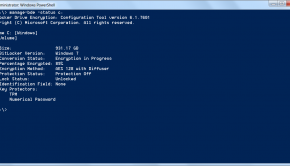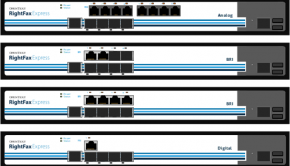The Five Phases of a Fax
Extracted from the ITU Recommendation T.30 (09/05), Here the are five phases that make up a fax transmission
Phase A – Call establishment
Call establishment can be realized manually and/or automatically.
Phase B – Pre-message procedure
The pre-message procedure consists of the identification of capabilities and the commanding of the chosen conditions as well as the confirmation of acceptable conditions. When connection is established between a terminal operating in accordance with this Recommendation and a terminal operating in a non-ITU-T manner, the terminals should disconnect before the in-message procedure unless both terminals include optional, compatible procedures.
Identification section
- capabilities identification
- confirmation for reception
- terminal identification (option)
- non-standard facilities identification (option).
Command section
- capabilities command
- training
- synchronization
as well as the following optional commands:
- non-standard facilities command
- terminal identification command
- polling (send) command
- echo suppressor disabling.
Phase C1 – In-message procedure
The in-message procedure takes place at the same time as message transmission and controls the complete signalling for in-message procedure, e.g., in-message synchronization, error detection and correction and line supervision.
Phase C2 – Message transmission
The message transmission procedure is covered by ITU-T Rec. T.4.
Phase D – Post-message procedure
The post-message procedure includes information regarding:
- end-of-message signalling
- confirmation signalling
- multipage signalling
- end-of-facsimile procedure signalling.
Phase E – Call release
Call release shall be realized manually and/or automatically.










